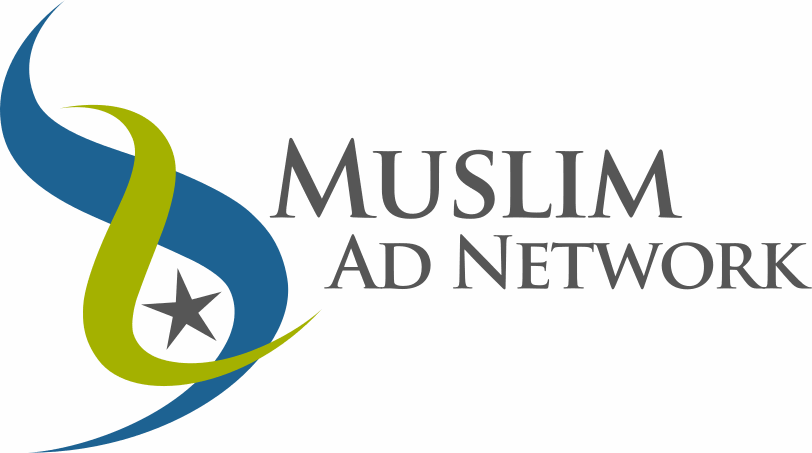It is a fact that Islam is the world’s fastest growing religion. Therefore, the number of Muslim consumers who have high purchasing power is growing rapidly in every market. State of the Global Islamic Economy Report has indicated that Muslim consumers spent $1.9 trillion in 2015 globally and this figure is expected to be more than $3 trillion by 2021. In USA alone, Muslims reach more than $110 billion in disposable income annually.
The most important factors in increasing incomes of Muslims include better education, better jobs and having a much younger population than the world on average. In general, the Muslim population live in 30 different emerging markets, in which they make up the majority population. Overall, these economies consists of more than 12% of the world’s GDP and one-fifth of its population. Broadly speaking, the Muslim population is growing, Muslims work harder are more productive, and are earning better than before. According to Statista, the existing Muslim market size is approximately valued at $2.11 billion and has potential to grow to about $3 billion by 2023.
Existing and potential value of the Muslim market worldwide in 2017 and 2023 (in billion U.S. dollars) Source: www.statista.com
The Muslim lifestyle market is estimated to be more than $26 trillion, and the Muslim population is more than $1 billion, including more than 81 countries. It has a very young demographic structure that grows not only in numbers but also in terms of spending and impact. Besides, Muslim consumers seem to be hesitant about linking with brands.
Unfortunately, Muslim consumers’ wants and needs are not taken into account by marketers to give an accurate analysis and the power of the Muslim economy is often underestimated. Muslims are a largely underserved and frequently overlooked economic sector. According to the Pew Research Center’s world wide survey 90% of Muslims claims that their faith impacts their buying habits, therefore categorically ignoring the needs of Muslim consumers is clearly a costly mistake.
However repeated studies show that two-thirds of Muslim consumers are consistently disappointed by Western brands. Do brands consider Millenial Muslim consumers? How should we describe this new generation? These young consumers are very understanding, very knowledgeable and blame the brands for this situation. They want to see that they are served correctly and respectfully.
What we see is the emergence of young consumers, they are more conscious buyers who focus on values and ethics. They want to relate to their standard values, but at the same time they are very conscious with the environment, eating healthy and peace. These kind of consumers are basically being considered as the new segment of the Muslim market. One of the characteristic features of Generation M (Millennial Muslims) is the reconciliation of faith and modernity. As mentioned before, more than 90 percent say that their beliefs somehow affects their consumption, not always and for everything, but in some way. This is a starting point for brands. Young Muslims, whether or not they are in the communication or content of brands, want to be recognized and linked.
Opposing the prejudices of both the West and the East, this group prefers to exist within the globalizing world while preserving its own identity. At this point, brands must have the deep insights that go beyond stereotypes in minds, and the courage and foresight to put into practice right strategies.
Briefly, brands need to understand how fast the Muslim consumer market is expanding, realize the opportunities in this market better, and make more efforts to connect with young Muslim consumers that consists of a big percentage of this market.
[button text=”start targeting muslim consumers” color=”success” style=”shade” size=”xxlarge” animate=”blurIn” radius=”10″ depth=”4″ depth_hover=”5″ link=”https://muslimadnetwork.com/get-started/”]